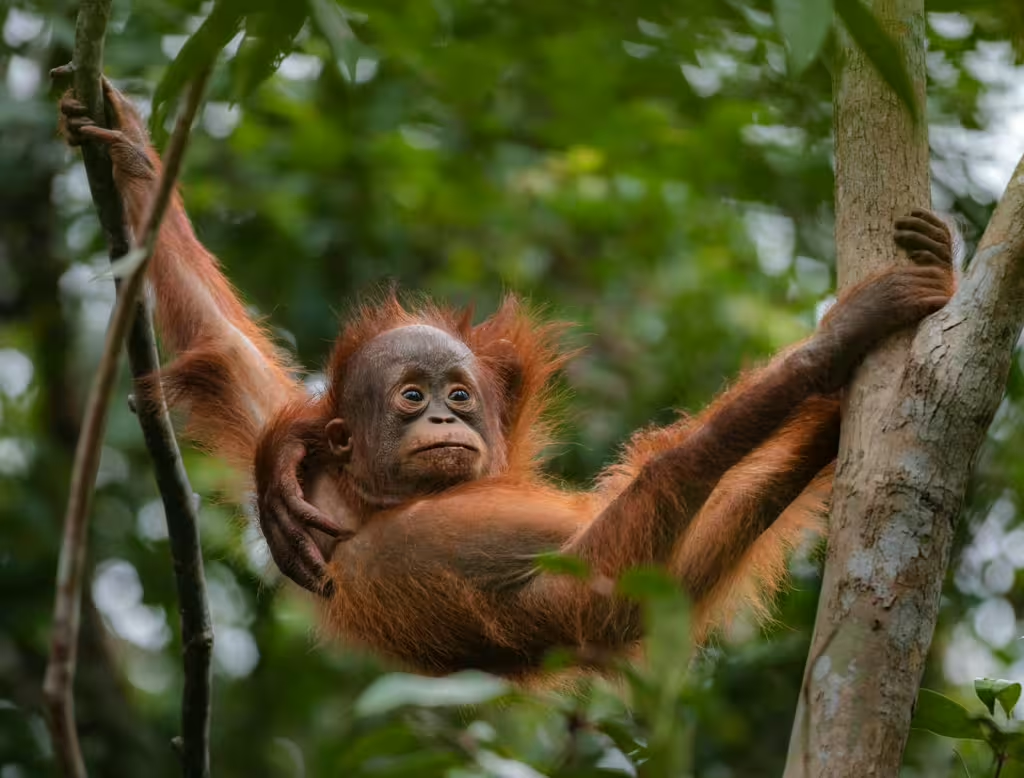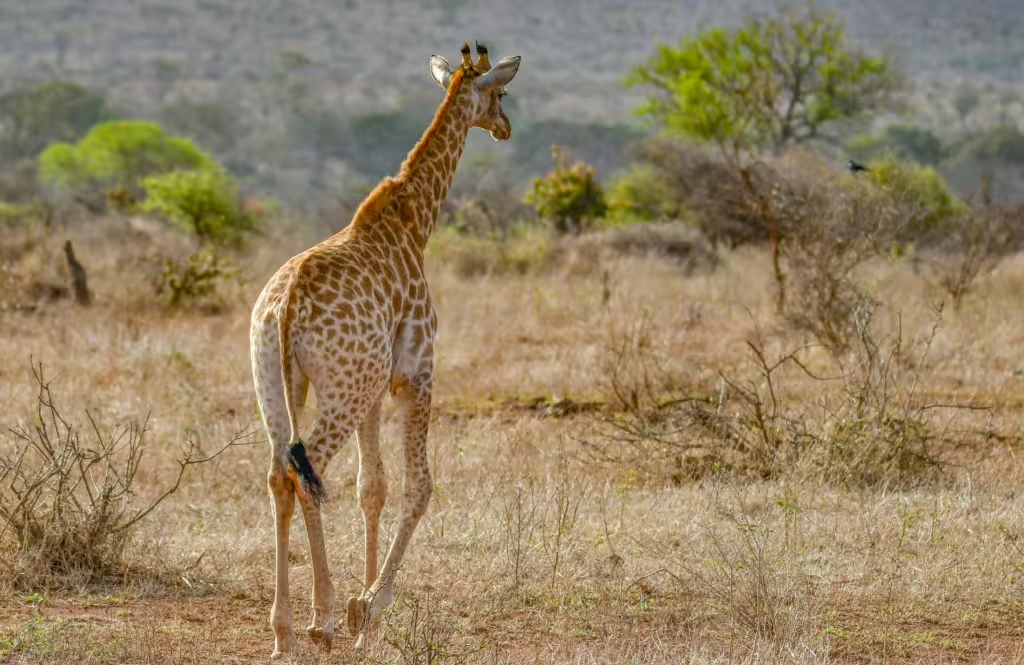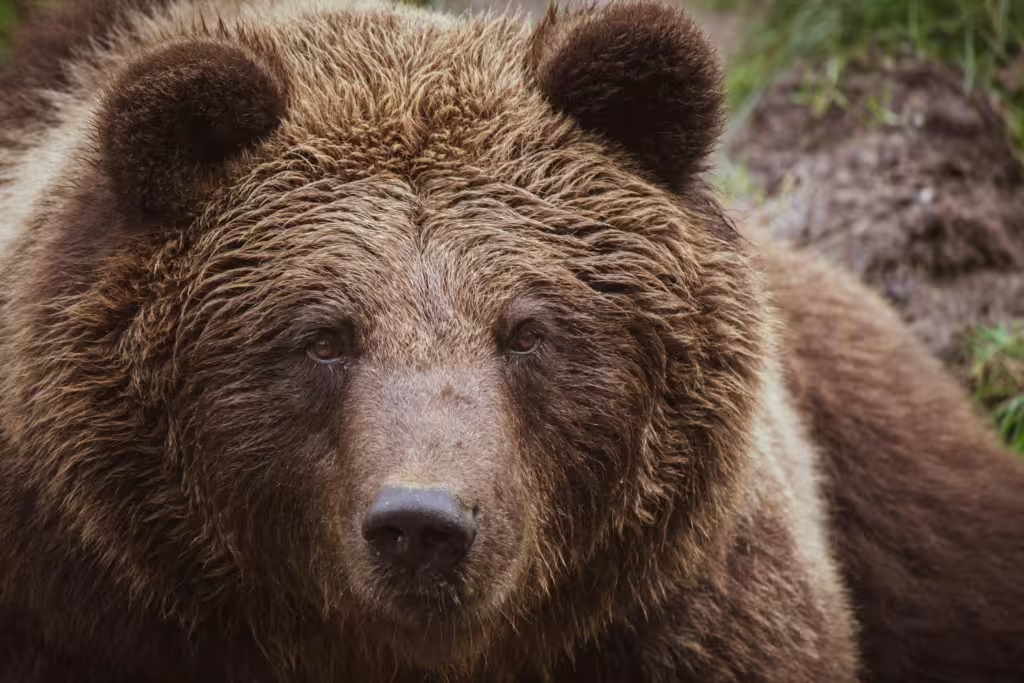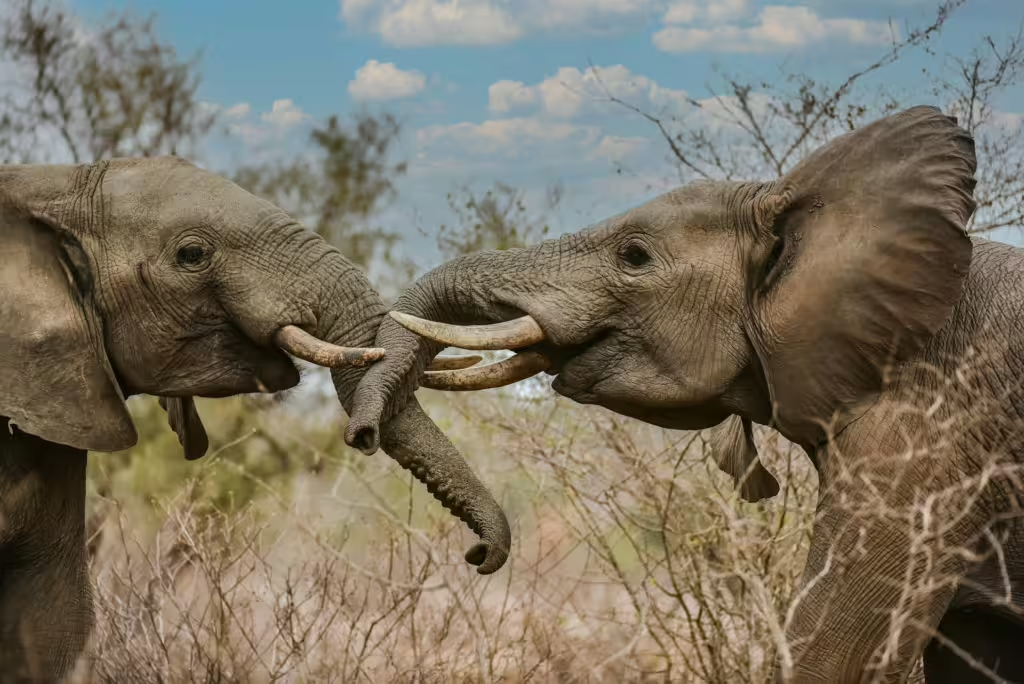Fans of wildlife likely already know that nature is full of incredible creatures; animals that walk, run, leap, crawl, or otherwise meander across the land. Some of these animals are big and mighty, impressive ecological wonders that display specialized evolutionary traits that few other creatures possess. Others are small and speedy, wily and intelligent, or cunning and dangerous. The point is, each and every one of them plays an important role in keeping our planet healthy.
In this article, we will take young readers on a wild journey to meet a handful of the most amazing land animals on planet Earth. These are animals that kids around the world love to learn about and who many young readers might already be familiar with. Nevertheless, we aim to introduce readers to some unique facets of these creatures, via their adaptations and their ecological role in the grand panoply of the universe. From elephants to bees, you’ll discover not only what makes each of these animals cool but also why they’re important to the continuation of life on our amazing world!

African Elephant
Why It’s Amazing: The largest land animal on Earth is the African Elephant and its Asian counterpart comes in at a close second. African Elephants can weigh up to 14,000 pounds and stand between 8 and 13 feet at the shoulder. These magnificent animals, once referred to as pachyderms, use their trunks to grab food, drink water, and can even give themselves a shower if the weather gets too hot. Large as they are, elephants are not slow-witted. In fact, they are well known for their intelligence and strong memory. Elephants are so intelligent that they can recognize themselves in a mirror, which is something very few animals besides humans can do. Elephants are also highly social creatures and live in close-knit family groups led by a matriarch. They communicate through low rumbling sounds and vibrations in the ground.
Why They Matter: Elephants are known as ecosystem engineers because they help shape their habitat by knocking down trees and creating paths that other animals also use. When elephants dig for water, they create waterholes that other animals depend on during dry seasons. Elephants are also known as seed disperser, meaning they spread seeds through their droppings, which helps plants grow and thrive.
Giant Panda
Why It’s Amazing: Though the normal pandas don’t actually know Kung Fu, they are no less amazing. These fluffy black-and-white critters have become a worldwide symbol of the plight of endangered species. With their specialized diet of bamboo and the fact that they can only be found in one place on Earth, it’s easy to see why these poor critters have become endangered in the first place. Pandas spend most of their day eating—up to 12 hours! They are mostly peaceful and solitary animals with a playful nature and calm demeanor, which is what makes them a favorite animal of many people all over the world. Still, deforestation, overhunting, and climate change are making things difficult for these placid animals.
Why They Matter: Despite the challenges they face, the Giant Panda’s charming appearance has allowed them to serve as a global reminder of the conservation. In the wild, pandas help protect bamboo forests, which are home to many other animals. In fact, by saving pandas, we protect their entire habitat and all the other species that call it home. Bamboo forests also help clean the air and water, which we humans also need to survive.
Bengal Tiger
Why It’s Amazing: Tigers are powerful feline predators with beautiful and highly recognizable striped fur. These amazing apex predators are capable of leaping over 30 feet in a single jump and that’s after expertly stalking and hunting down their prey. Did you know that each tiger’s stripes are unique, just like a human fingerprint? Well they are! Tigers also happen to be very strong swimmers and often cool off in rivers or lakes during the heat of the day. They are solitary creatures by nature, getting together to mate and raise cubs, but preferring to live alone most of the time. They also need large territories to hunt and thrive, which has caused some issues for them; especially as deforestation and poaching continue to dwindle their numbers.
Why They Matter: As top predators in their ecosystems, tigers keep prey populations balanced, which helps the whole food chain stay healthy. Without these big cats, certain herbivores might overgraze the land, damaging forests and grasslands in destructive ways. Thus, protecting tigers means protecting large areas of wild land, which benefits many other animals, plants, and local human populations.
Gray Wolf
Why It’s Amazing: Wolves live and hunt in packs, communicating with one another through a series of yips, body language, scent markings, and of course, howls. All of this put together reinforces their strong family bonds. Each member of the pack has a role to play, from hunting to caring for pups. Wolves, like many canines, are highly intelligent as compared to other animals and are also incredibly strong. They also possess excellent stamina and often travel long distances in search of food.
Why They Matter: Wolves are among the top predators in their ecosystems. Their hunting behaviors control deer and elk populations. In places like Yellowstone, where they were once nearly extinct, their continued presence helps restore entire ecosystems by preventing overgrazing. Thus, wolves indirectly help forests grow stronger, which in turn supports other wildlife like birds, beavers, and even fish.

Giraffe
Why It’s Amazing: The giraffe is the tallest land animal in the world and their necks alone can be over six feet long! Those same long necks are adapted so that they can reach leaves high up in trees, where other competing herbivores cannot graze. To compensate for their lanky, somewhat awkward appearance, giraffes have a special way of walking, moving both legs on one side at the same time. Their long tongues, about 18 inches, in fact, help them grab leaves high in the prickly trees without getting caught accidentally on any thorns.
Why They Matter: By eating from the tops of trees, giraffes shape plant growth in a way that few other animals do. Their specialized diet also helps other animals find food and shade in the brush below. Their browsing encourages new plant growth and maintains the health of savannas. Giraffes also help spread seeds through their droppings, which keeps the whole savanna rich and full of life.
Orangutan
Why It’s Amazing: These clever apes are related to chimpanzees, gorillas, and even humans! They live in Asia, particularly on the islands of Borneo and Sumatra, where they make nests in trees. Their long arms help them swing from tree to tree while their humanlike hands make them highly dextrous. They have been observed using sticks and other tools to get food, placing them among the most intelligent animals on the planet. In fact, those in captivity have been capable of learning sign language and solving complex puzzles.
Why They Matter: Despite the fact that they are highly endangered and most of their habitat is fragmented or gone due to deforestation, orangutans remain vital to their ecosystem. These great apes help maintain healthy rainforests by spreading seeds and keeping forest life balanced. They eat fruit and disperse seeds throughout the jungle, helping plants grow in new places. This is why it’s so important that we do what we can to save the orangutans, because protecting them means protecting the forests that produce the very oxygen we breathe.
Sloth
Why It’s Amazing: Sloths might seem slow and ungainly…and they certainly are, but that doesn’t mean that we don’t need them! These arboreal creatures spend most of their lives hanging upside down in trees, meandering slowly to and fro as they search for leaves to eat. They only come down about once a week to use the bathroom; a difficult a dangerous process in and of itself, but a necessary one when u hang upside down all the time! Still, there is a reason behind their slow movement as it helps them stay hidden from predators. This, couple with their natural camouflage and strong, grasping claws, allows them to blend in beautifully with their verdant surroundings. Sloths also have a peaceful, gentle nature.
Why They Matter: You wouldn’t know it to look at them but sloths host mini-ecosystems in their fur. A host of algae and insects live there, taking advantage of the sloth’s slow metabolism and peaceful mannerisms. As they move about, sloths help spread seeds and keep forest ecosystems that much more diverse.
African Lion
Why It’s Amazing: Most readers know the lion by its more famous name, the “king of the jungle.” These African apex predators live in groups called prides and are the top hunters in their ecosystems; second only to man. They work together to hunt, raise young, and protect their territory. Cubs (baby lions) learn by watching and playing with older lions. Lions are also very loud when they want to be. In fact, a lion’s roar is so loud that it can be heard up to five miles away! .
Why They Matter: As top predators, lions control herbivore populations and help maintain healthy savannas and grassland ecosystems. By preventing overgrazing, lions protect habitats and keep things balanced so that many other animals and plants can continue to thrive.
Grizzly Bear
Why It’s Amazing: Grizzlies are some of the largest land animals and in fact one of the largest predators in the world. These omnivorous animals are strong, smart, and can also run up to 35 miles per hour…so you don’t want to cross paths with one if you can help it. They feed on salmon, carrion, small animals, and berries. They find these delicious morsels using an incredible sense of smell and can detect food from miles away. In winter, grizzly bears hibernate in cozy dens and live off stored fat until the weather warms and food becomes more plentiful.
Why They Matter: Bears spread nutrients across the forest by leaving behind uneaten food or simply fertilizing soil with their scat (waste). They also help control animal populations via predation and influence how plants grow because of their grazing methods.

Meerkat
Why It’s Amazing: Though they are tiny, these little creatures are quite incredible. Meerkats live in large family groups and take turns keeping watch or tending to the young while others forage for food. Meerkats are social, playful, and have excellent teamwork and communication techniques for such presumably simple critters. They are also excellent diggers and create complex burrows filled with tunnels that can house the whole clan. They can even close their ears to keep sand out as they dig!
Why They Matter: Meerkats eat insects and pests, which helps control the food chain in dry desert areas. The digging behavior of these mongoose relatives aerate the soil as they build their homes and other species find shelter in whatever burrows they choose to abandon over time. This is why meerkats play a key role in maintaining desert ecosystems.
Honeybee
Why It’s Amazing: As one watches a simple honey bee buzz from flower to flower, collecting nectar and making honey, its hard to imagine their necessity in the grand scheme of things. These social insects live in organized hives with a queen, workers, and drones. They communicate by dancing to show where flowers are located, which is important as their pollination techniques are the reason our own species is able to continue to thrive.
Why They Matter: Bees pollinate about one-third of the food we eat. Without them, many fruits, vegetables, and flowers wouldn’t grow! In this way, the widespread pollination that bees provide supports plant life, which feeds animals and combats climate change.
True Investigator Says…
As you can see, each of the animals on this list plays a special role in keeping Earth’s ecosystems balanced and healthy. By learning about them and doing all we can to protect them, we help keep nature strong, keep our world healthy—for animals, plants, and people, too! We depend on the animals for our own continued success and nowadays, they depend on us to keep them safe from the mistakes we have made concerning our global environment. This is why science education is so important! Without knowledge and understanding, these species may eventually cease to be and if they go, you can bet humanity will not be far behind them.
Discover more from TrueInvestigator
Subscribe to get the latest posts sent to your email.


